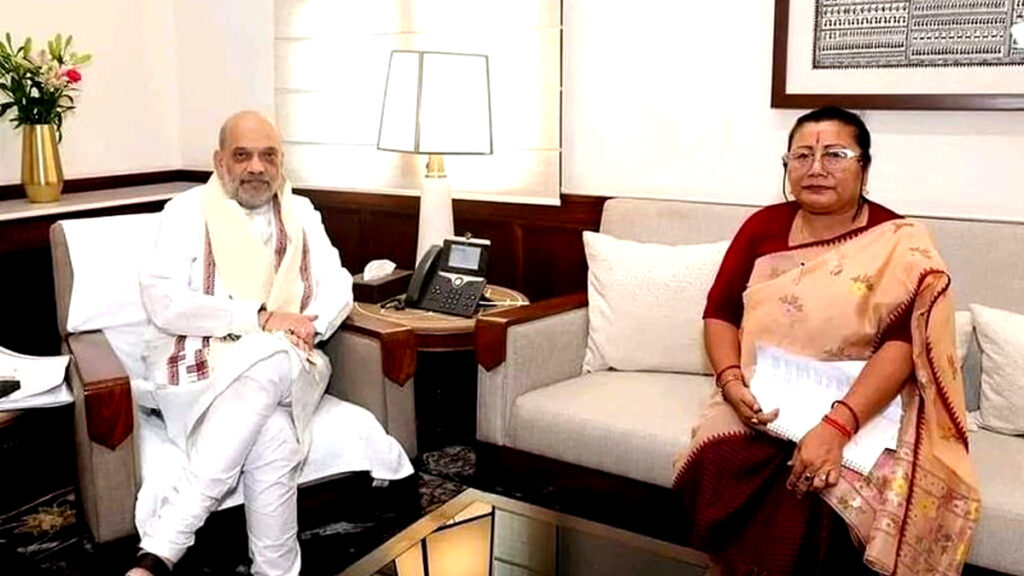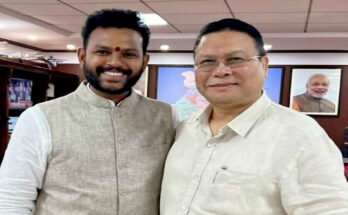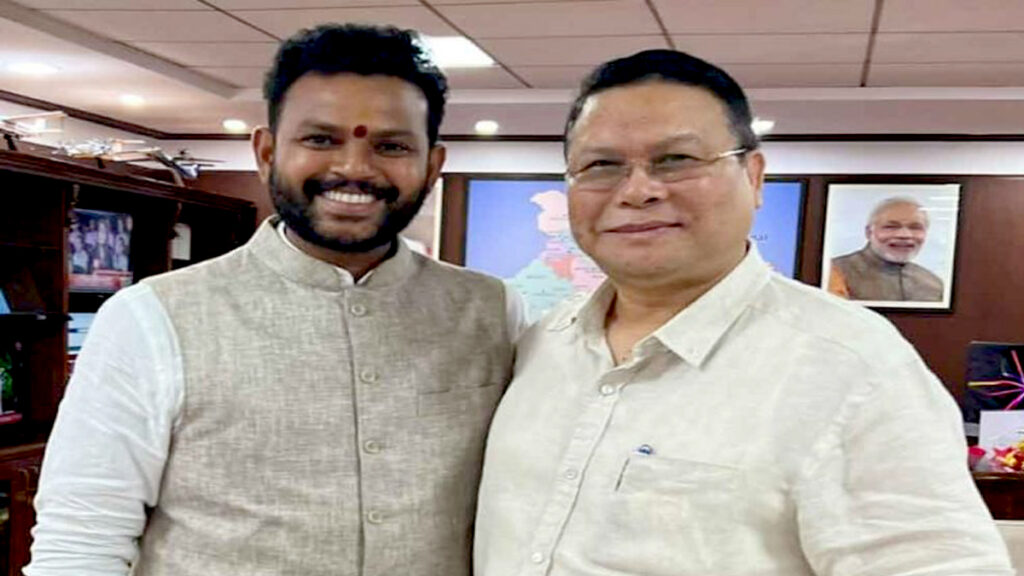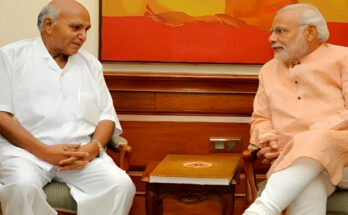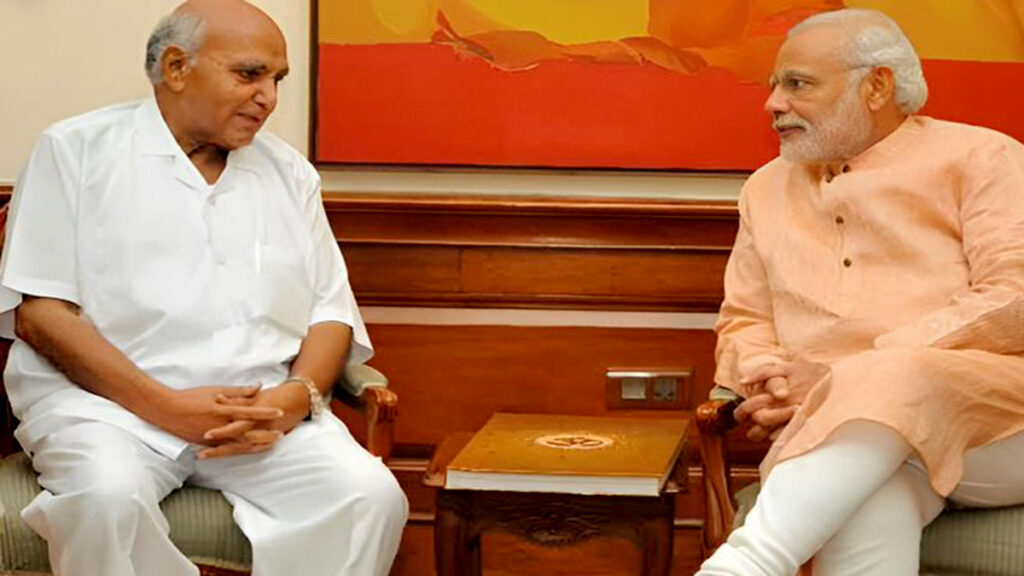
Celebrating Happy Doctors’ Day 2024: Honouring Our Healthcare Heroes

In 2024, we once again gather to celebrate Happy Doctors’ Day, a special occasion dedicated to recognising the tireless efforts and immense contributions of doctors worldwide. This day, observed annually on July 1st in many countries, is a moment for us to express our gratitude and acknowledge the crucial role doctors play in our lives and in society.
The Significance of Happy Doctors’ Day
Happy Doctors’ Day is more than just a date on the calendar; it is a symbol of appreciation for those who dedicate their lives to the health and well-being of others. Doctors’ Day was first celebrated in 1933 by Eudora Brown Almond, the wife of a prominent doctor, Dr. Charles B. Almond, in Winder, Georgia. Since then, the day has grown in significance and is now recognised in various countries with different dates and traditions. In India, for instance, it is celebrated on July 1st to honour the birth and death anniversary of Dr.Renowned physician Bidhan Chandra Roy served as West Bengal’s second chief minister.
Reflecting on the Contributions of Doctors
Happy Doctors’ Day in 2024 provides an excellent opportunity to reflect on the remarkable contributions of doctors to society. From the general practitioners who manage our day-to-day health to the specialists who treat complex conditions, doctors are at the forefront of medical advancements and patient care. They work long hours, often under stressful conditions, to ensure that we receive the best possible treatment and care.
During the COVID-19 pandemic, the world witnessed the extraordinary dedication and bravery of doctors and healthcare workers. Their efforts in battling the virus, often at great personal risk, underscored the essential role they play in safeguarding public health. As we celebrate Happy Doctors’ Day 2024, it is crucial to remember and honour the sacrifices made by these healthcare heroes.
Ways to Celebrate Happy Doctors’ Day
There are numerous ways to celebrate Happy Doctors’ Day and show appreciation for the doctors in our lives. Here are a few ideas:
- Send Thank You Notes: A simple thank you note or card can go a long way in expressing gratitude. Let your doctors know how much you appreciate their care and dedication.
- Gift Tokens of Appreciation: Small gifts, such as flowers, chocolates, or personalised items, can serve as a tangible token of your gratitude.
- Share Your Story: Share your positive experiences with your doctors on social media using the hashtag #HappyDoctorsDay. Highlighting their efforts can inspire others to do the same.
- Support Healthcare Causes: Make a donation to a healthcare charity or support initiatives that benefit doctors and healthcare workers.
- Organise Community Events: If possible, organise events in your community to honour local doctors. This could include health fairs, seminars, or appreciation dinners.
Recognising the Challenges Faced by Doctors
As we celebrate Happy Doctors’ Day 2024, it is important to acknowledge the challenges faced by doctors in their profession. The medical field is demanding, and doctors often work under significant pressure. Long hours, high-stress environments, and the emotional toll of dealing with patients’ suffering are just a few of the challenges they encounter.
Furthermore, the medical profession requires continuous learning and adaptation. Doctors must stay updated with the latest advancements in medical science and technology, which often involves rigorous and ongoing education. Despite these challenges, doctors remain committed to their patients and their profession, a testament to their resilience and dedication.
The Role of Technology in Modern Medicine
As we honour doctors on Happy Doctors’ Day 2024, it is also worth considering the role of technology in modern medicine. Advances in medical technology have transformed the way doctors diagnose and treat illnesses. From telemedicine and electronic health records to robotic surgery and personalized medicine, technology has enhanced the efficiency and effectiveness of healthcare delivery.
Telemedicine, in particular, has become increasingly important, especially during the COVID-19 pandemic. It allows doctors to provide consultations and care to patients remotely, making healthcare more accessible and convenient. On this Happy Doctors’ Day, we celebrate not only the doctors but also the innovations that enable them to provide better care.
Inspiring the Next Generation of Doctors
Happy Doctors’ Day 2024 is also an opportunity to inspire the next generation of doctors. Young people who aspire to enter the medical field should be encouraged and supported. Highlighting the achievements and contributions of doctors can motivate them to pursue a career in medicine.
Mentorship programs, scholarships, and educational initiatives can play a significant role in nurturing future doctors. On this Happy Doctors’ Day, consider supporting such programs and initiatives that help young aspiring doctors achieve their dreams.
Conclusion
Happy Doctors’ Day 2024 is a day to honour and appreciate the doctors who work tirelessly to improve our health and well-being. Their dedication, compassion, and expertise make a profound difference in our lives and society as a whole. As we celebrate this special day, let us express our gratitude and support for the doctors who are always there for us, in times of health and illness.
Celebrating Happy Doctors’ Day 2024: Honouring Our Healthcare Heroes Read More





